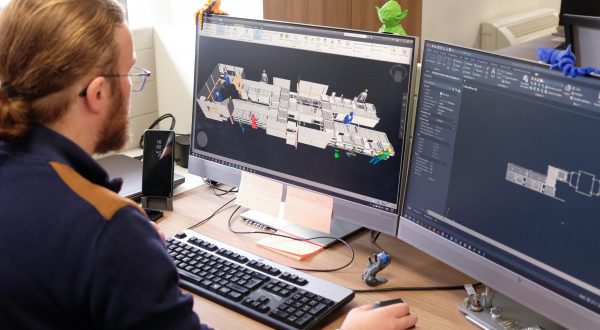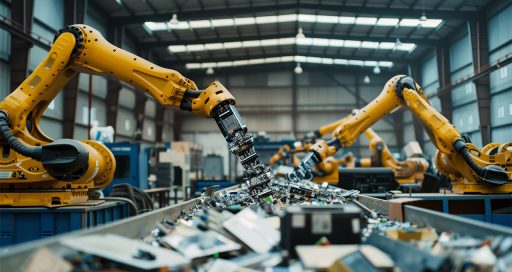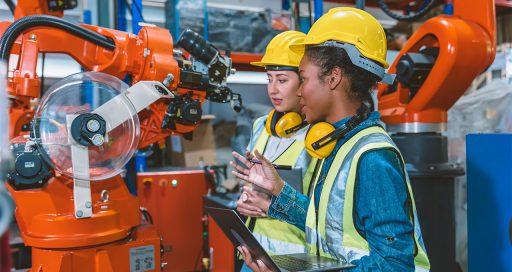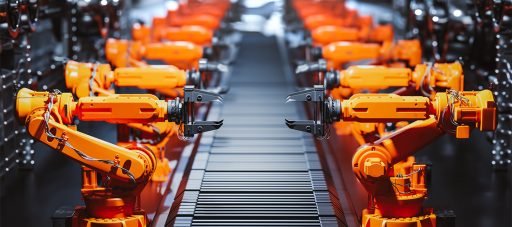Actemium India has developed an image recognition and processing application that represents a breakthrough in automated production line performance.
![]()
On an automated production line, identifying and picking a part stored in a bin can be a delicate operation. Most robotic arms performing this manoeuvre are equipped with 3D cameras connected to an image processing program.
But these imaging tools reach their limits when the items to be found are too thin (less than 8 millimetres thick) or when the stack of components has been upset in transit. In this situation, the 3D robot is unable to recognise and correctly grasp the part.
“A technological breakthrough able to meet the demands of the automotive industry and the pharmaceutical sector.”
To address this problem, Actemium India Manufacturing & Robotics developed a recognition application based on artificial intelligence. This new technology is able to meet the demands of the automotive industry and the pharmaceutical sector.
It will enable them to increase productivity and overcome the difficulties presented by the standard solutions for robotic handling of objects from bins, particularly when reading the image from the 3D camera and identifying the product.
The reliability of this picking application also brings a significant time saving. As Mansur Ali Khan from Actemium India says, “The process takes less than one second – eight times faster than with a classic solution – and the failure risks are minimal due to the use of algorithms.”
A concentration of innovations
Once the system has calculated the object’s coordinates, they are sent to the robot to allow efficient movement of the manipulator arm. The part imaging device contains a 3D camera and a 2D system mounted on a rod, along which they can move vertically, sensing their position, to reach parts in the bottom of the bin.
These two cameras, moved by a motor, maintain a set focal length. Their images are resized using interpolation technology so the system can send the robot information about how far down in the bin the part is located, and analysis of their relative asymmetry allows it to measure the tilt angle of a displaced part that is no longer perfectly positioned in the bin.
The robot’s gripper arm, equipped with two plates linked by a system of springs, is designed to be able to grasp these tilted objects. Proximity sensors positioned on the robot’s manipulator arm ensure that the part has been firmly gripped.
Additionally, the application allows equipment manufacturers to fix the problems posed by standard 3D devices. It can identify items 2 mm thick, compared with classic systems that cannot go below 8 mm, and is capable of processing a large number of part types, whereas standard 3D can only handle five or six variations in part size and shape.
14/01/2021





